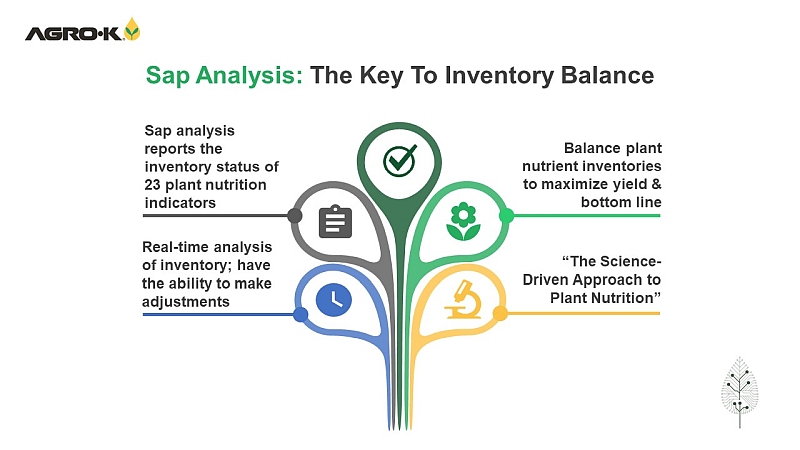U.S. Raises Its Climate Smart Farming Game With More than $3 Billion in Grants

USDA’s top goal for 2023, as described in its performance plan, is to “combat climate change to support America’s working lands, natural resources and communities.” On Sept. 14, 2022, Secretary of Agriculture Tom Vilsack announced USDA would be investing up to $2.8 billion in 70 selected projects under the first pool of the Partnerships for Climate Smart Commodities funding opportunity. On Dec. 12, 2022, he announced an additional $325 million will be invested in 71 more projects under the second funding pool.
“Expanding opportunities for small and underserved producers is a key goal of Partnerships for Climate Smart Commodities. Small and underserved producers are facing the impacts of climate change head on, with limited resources, and have the most to gain from leveraging the growing market demand for agricultural goods produced in a sustainable, climate-smart way. Our goal is to expand markets for climate-smart commodities and ensure that small and underserved producers reap the benefits of these market opportunities,” Vilsack said.
A recipient of this grant is Yara International-owned Agoro Carbon Alliance, which is working with Lithos and Yale University to use basalt rock to permanently remove carbon from the atmosphere, while also enhancing crop health. Basalt rock reacts with rainwater and locks up atmospheric CO2 as bicarbonate. The basalt dust replaces the need for lime to increase soil pH, reducing fertilizer costs for farmers.
The USDA grant will be used to cover all material, application, and monitoring costs for farmers as well as developing markets for the low-carbon carbon smart commodities grown by participating farmers over the next five years. The project plans to determine the extent to which this process can increase crop yields, reduce nitrous oxide (N2O) emissions, and decrease fertilizer and lime costs.
“The cool thing about this project is its dual purpose — [basalt rock] is a liming agent and has carbon credit potential. The big shining star is the permanence of it. It’s permanence like we’ve never seen before in a credit — the claim is around 1000 years for sequestration, and the value is at a very elevated dollar amount because of it,” Steve Hasselman, Agronomist with Agoro Carbon Alliance, told CropLife at Commodity Classic 2023 in Orlando.
We spoke with Agoro Carbon CEO Elliot Formal at the event, who highlighted the confluence of governments and companies pushing for sustainable practices in agriculture along with the surge of opportunities to farmers to be more engaged in carbon-smart farming.
To see the interview, continue reading the full article featured as part of our Global Insight Series report on Climiate Smart Farming. In addition, check out the previous reports in Meister’s Global Insight Series covering a range of topics from Biological Crop Protection to Irrigation Innovations to Agricultural Technology.









